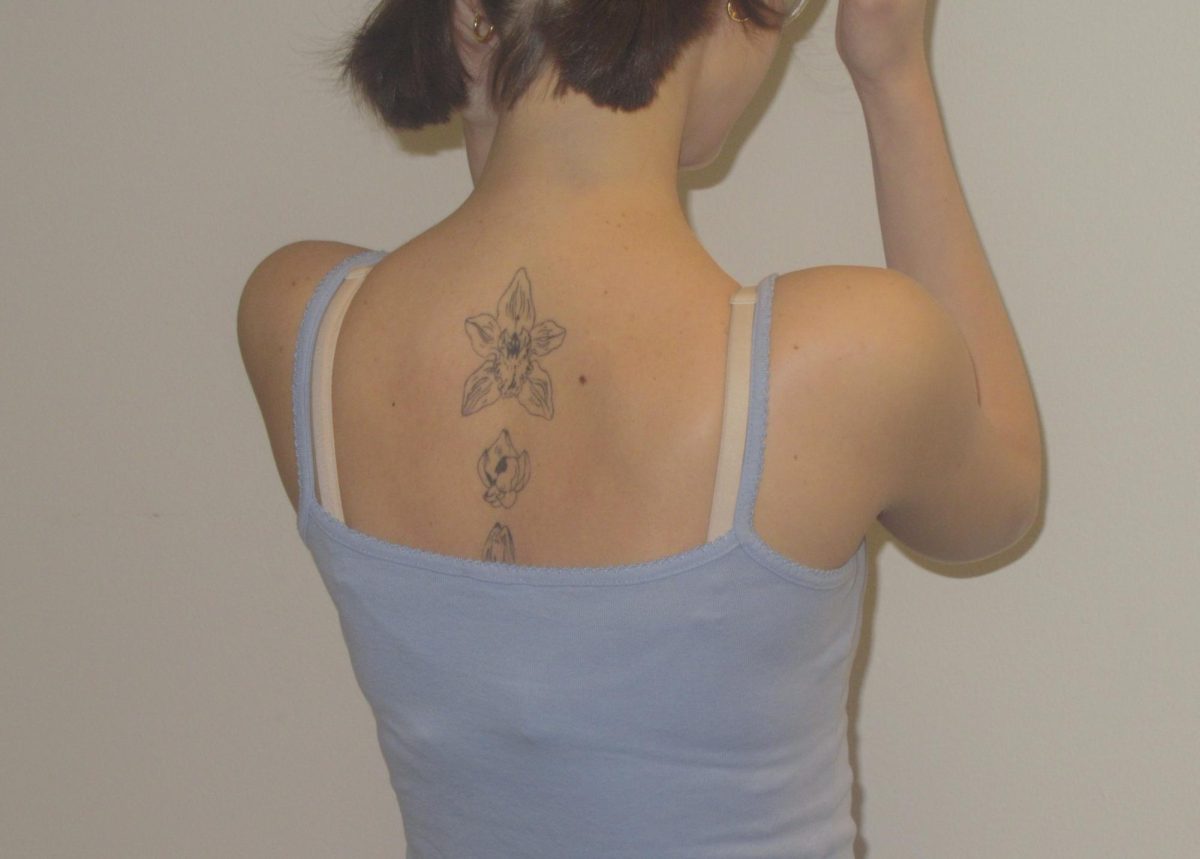My first-grade teacher was racist. Maybe she was not aware of the consequences of her actions and the negative effects she had on her six-year-old students, but as a Black and White girl, her conduct has had a lasting impact nonetheless on me.
In elementary school, a popular discipline method for young students is the color-coded card system. One color meant that the student were being good and were in good standing, while another color meant the student did something wrong and had lower status in the teacher’s eyes.
My first-grade teacher had three cards, each a different color, the best standing was a white card and the worst was a black card.
The first time I had to pull the black card, my best friend Nick, a blue-eyed, blonde-haired White boy, and I were playing by slapping each other in line. Despite our laughing and smiling faces, when Ms. Reed saw us, she yelled at me and told me to go move my card to black. Nick did not have any penalties for his action.
While I was moving the white card to black, my young mind told me something was wrong with this. In hindsight I realize what it was, unconscious association.
My first-grade teacher is not the only person who associates darkness and black with wrong actions and evilness, in contrast to associating white and lightness with good and positivity.
In fact, this association is common. It is seen through the fact that evil characters in the film are usually represented in dark costumes, or with dark features. Darkness communicates to the audience that these are the bad guys.
There is a saying in the Book of Mormon that states Mormons “shall be a white and a delightsome people.” The Church of Jesus Christ of Latter-day Saints, an American religion, has a horrifying racist past, believing that white equals better.
This concept is all around us, and these concepts transfer to the shade of a person’s skin color.
Scientific American published “The Bad is Black effect,” an article written by Daisy Grewal, which talks about various studies that show how people will associate a person who has a darker complexion with a higher probability to commit immoral acts.
Grewal states, “In other words, regardless of race, dark skin was associated with evil in the minds of people who saw a link between darkness and badness.”
These biases are harmful and unjust towards people with a darker complexion. Black and Brown people are the ones who suffer from these biases that come from our colorist society.
When I noticed the color of my skin the most was when I would go somewhere with my father. Since I am light and he has a dark complexion, people like to stare. I know that when people stare, they do not think they are looking at a father with his daughter. They are looking at a dark-skinned man with a light-skinned girl and wondering what our relationship is.
A greater and more problematic example of the effects of these associations are seen in America’s criminal justice system and the racial disparities that exist within it. Studies have shown that Black people are incarcerated at higher rates and given longer sentences, which gives rise to an association between crime and Blackness.
It is clear people suffer unjustly from these associations. In order to promote equality, we have to take control of what bias we are digesting, be aware, and take steps toward change.
The first step toward rectifying these injustices is identifying these biases.
Project Implicit conducts a multitude of surveys on people’s biases; on their website they state that:
“Project Implicit is a non-profit organization and international collaboration between researchers who are interested in implicit social cognition — thoughts, and feelings outside of conscious awareness and control. The goal of the organization is to educate the public about hidden biases and to provide a ‘virtual laboratory’ for collecting data on the Internet.”
If you go to Project Implicit’s Race survey, it states “This IAT requires the ability to distinguish faces of European and African origin. It indicates that most Americans have an automatic preference for white over black.”
If you want to know about your unknown biases, go to Project Implicit’s website and participate in their surveys.
To stop these biases, we need to understand them and acknowledge that they are there. These biases are harmful and unjust. The idea that someone could be more dangerous because of their skin color is ludicrous, and an idea brought in by the prejudice society that America and a lot of the rest of the world is built on.
By identifying and changing our implicit biases, we can take back control of the narratives that exist between colors and cultures, thus making real progress toward peace and reconciliation.

















































































